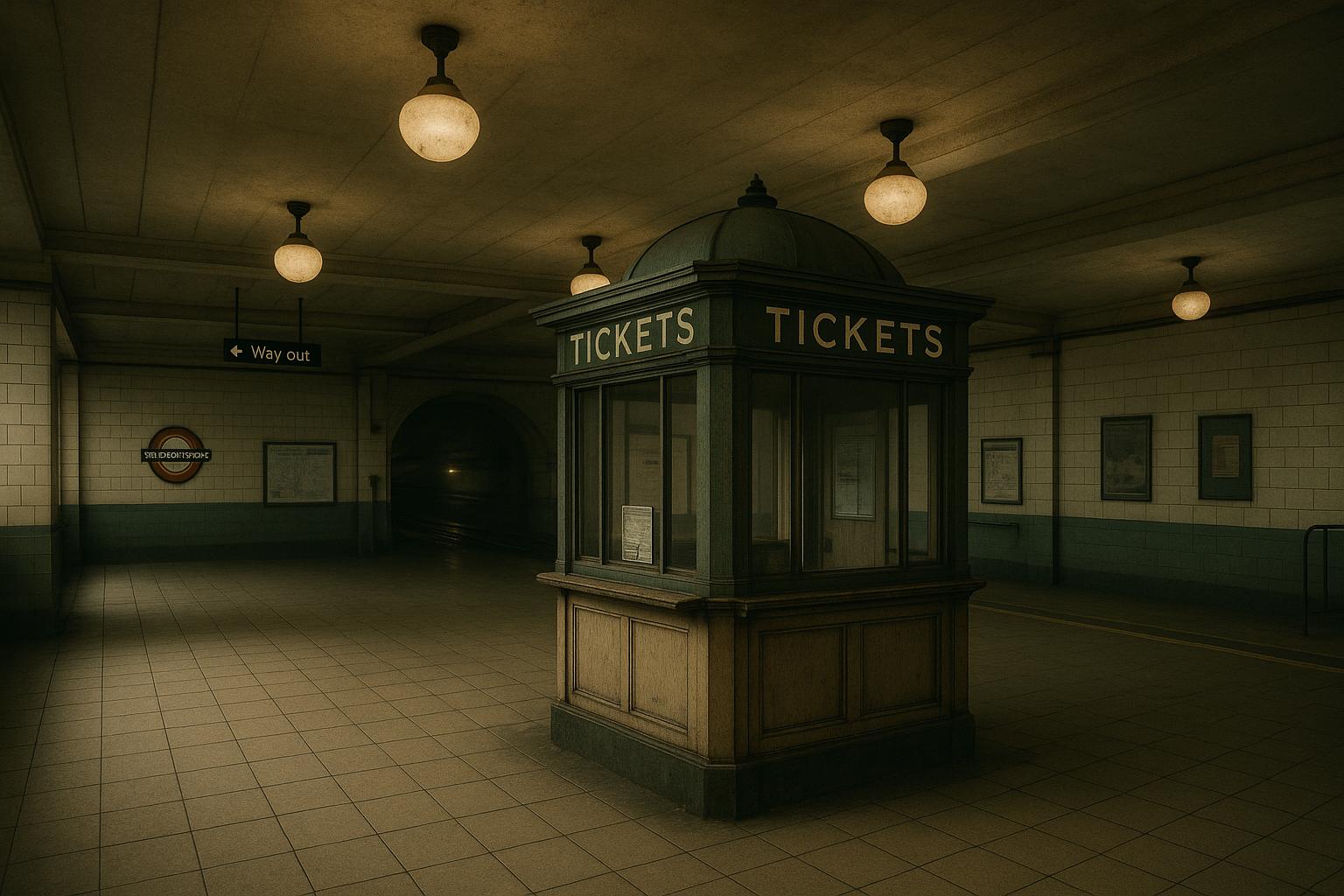Over the years, several London Underground stations have seen the withdrawal of National Rail services, reflecting a nuanced evolution in the capital's transport network. While London's Underground and National Rail systems are historically intertwined, changes in infrastructure, service optimisation, and strategic planning have led to a divergence in the routes they cover.
The relationship between the two networks dates back to when both were initially constructed by railway companies, but following the establishment of London Transport in 1933, their paths began to separate. Today, only a few stretches where National Rail and Tube services share tracks and platforms remain — notable examples include the Bakerloo line between Queen's Park and Harrow and Wealdstone, the District line between Richmond and Gunnersbury, East Putney and Wimbledon, and the Metropolitan line between Harrow on the Hill and Amersham.
Despite the extensive expansion of the Tube over the past 160 years, the withdrawal pattern is asymmetric. Many National Rail stations have lost Tube services, but only 14 Underground stations have had their National Rail services removed.
One such example is Moor Park station, located on the Greater London and Hertfordshire border. It saw the end of Network SouthEast services in 1993, with Chiltern Railways trains now running non-stop through the station. The National Rail double arrow logo remains partially visible at Moor Park, though covered. The loss of National Rail here has had little impact on commuters, as the Metropolitan line provides efficient peak-hour fast services that maintain journey speeds despite bypassing some stations.
Canning Town also offers an interesting case. Once served by Silverlink National Rail trains until 2006, the station is now an interchange primarily for the Docklands Light Railway (DLR) and London Underground’s Jubilee line. The older National Rail service was limited by single-track sections, while the modern DLR offers more frequent double-track operation and enhanced capacity. The station’s unique design, with stacked platforms for DLR trains over the Jubilee line, arose from the changing rail infrastructure introduced in the late 1990s.
A significant overhaul of the East London corridor in 1962 led to the withdrawal of National Rail services from seven stations — Bromley-by-Bow, Plaistow, Upton Park, East Ham, Becontree, Dagenham East, and Hornchurch. To prioritise District line trains and improve journey times, steam-powered rail services were eliminated, rail and Tube tracks separated, and Barking station underwent a complete rebuild. This streamlining allowed for faster c2c trains between London and Southend, a service that continues today. Further improvements are planned to raise line speeds to 100mph, further boosting efficiency.
Barbican station retains a striking reminder of these changes, with closed National Rail platforms and boarded-up tunnels visible at the station. Until 2009, Thameslink trains stopped there, but infrastructure modifications extended platforms at nearby Farringdon, severing the connection to Barbican and Moorgate. Although some space near Farringdon has been repurposed for the Elizabeth line and train storage, these former platforms remain unused, with Moorgate still served by other National Rail services.
In southwest London, stations such as East Putney, Southfields, and Wimbledon Park have not hosted regular National Rail services since World War II. The District line has long provided the main option here, although tracks remain maintained for occasional South Western Railway trains, which cannot stop at these former National Rail platforms. Wimbledon itself continues to be served by other National Rail operators, highlighting the complex signalling and operational patterns across this area.
Westbourne Park offers a more technical example of changes, as its National Rail platforms were removed during Thames Valley line electrification in the 1990s to accommodate faster services such as the Heathrow Express. Platform layout issues and speed restrictions made retaining them impractical. Although there was some discussion about reinstating National Rail platforms during the Elizabeth line construction, plans are now focusing on a new Old Oak Common station as part of the High Speed 2 development.
Overall, the withdrawing of National Rail services from several London Underground stations reflects broader trends in transport planning aimed at improving efficiency, increasing train frequencies, and modernising infrastructure. While some stations have seen diminished rail access, passengers often benefit from enhanced underground or alternative rail services, underscoring the ongoing evolution of London's complex transit network.
📌 Reference Map:
- Paragraph 1 – [1], [4]
- Paragraph 2 – [1], [2], [5]
- Paragraph 3 – [1], [3], [6]
- Paragraph 4 – [1], [4]
- Paragraph 5 – [1], [2], [5]
- Paragraph 6 – [1], [3], [7]
- Paragraph 7 – [1], [5]
- Paragraph 8 – [1], [2], [6]
Source: Noah Wire Services
